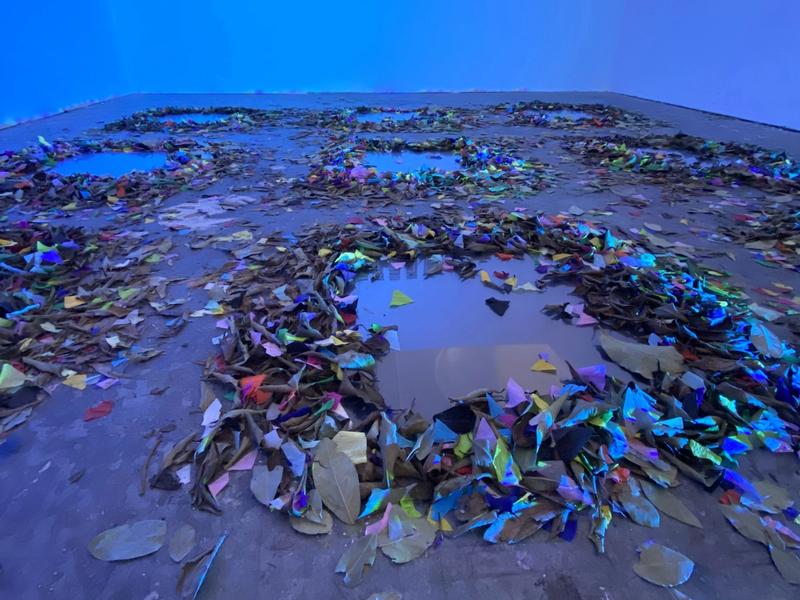AbigaleWu
Collapsing #1–5
7 x 7 inches, 1.3m/1.1m/0.8m, 16 x 17 inches
Materials:
Porcelain, Stoneware, Mason Satin, Acrylic Tubes, Plexiglass Discs
7in × 7in
Speculation about other carbon-based lives
PNG Files
Materials:
Digital drawings
Deconstruction of Collapsing
Materials:
3D modeling, Augmented Reality
Find the Frames
Materials:
3D Modeling, Augmented Reality, Target Images, Viewers Feedbacks
Digital
Negative Space after Collapsing
Materials:
Photosensitive Resin (3D Printing), Plaster
30 cm × 24 cm × 21 cm
Digital Collapsing
Artist Statement
The concept of “boundary” exists everywhere in our lives, in ways both visible and abstract. It sets up the borders, determines the restraints, it contains, but also prevents substance from escaping or developing. This is protection, but at the same time a constraint. It is necessary to have the edges in order to serve the heart. These two are often in conflict with each other. They seem to reinforce each other yet subsist individually.
A “frame” stands out as a common representation of “boundary” in the art world. It works as the border of paintings and performs as an extension of the artwork. Frames are metaphorical objects loaded with meanings. This “boundary” is a result of delicate craft and time-consuming labor intersecting throughout history. Not every artwork needs to be framed, but the artwork’s style dictates the frame style. It can help reflect the epochal character of the artwork accurately. The shifting of the frame’s style supports its own history, evolving along with the aesthetic trends. Thus, it becomes a metaphor or a depiction, replaying the passage of time. When showing thousands of paintings in museums or galleries, we could consider the frames as their protection, supporting the central part and occupying territories for the artwork in immense space. It injects energy into the work and allows the art to breath.
My questions to develop my artwork arose from the relationship which “boundary” has with content, then landed on the role “frame” has in art. I am challenging the idea of “boundary” and trying to break through this limitation. The works I create are warping, twisting, flipping, pressing, assembling, etc. … They fully transform an ordinary border andoverthrow the definition of “boundary”. By repurposing and reducing its function of serving the middle, I am using ornamented frame fragments to construct a new form. However, I wrap and close up the content inside, removing the ability to see the center completely, so that the “boundary” is no longer a plain surface relying on the content. The border begins to frame the emptiness or even the air. This way I am bringing the “frame” in front of the viewers' main focus, leading them to observe it from omnidirectional perspectives.
 Yuan
Yuan